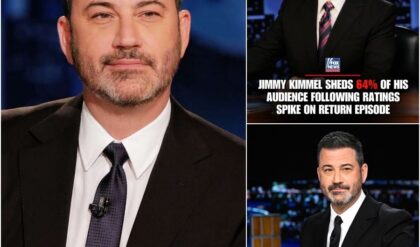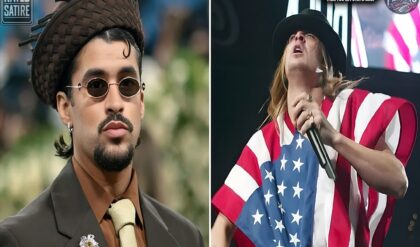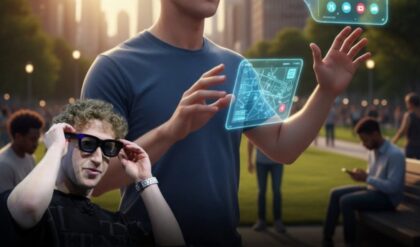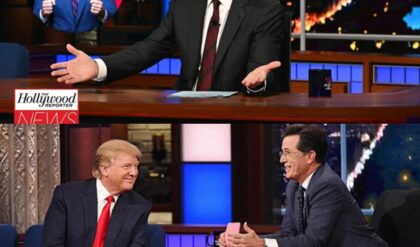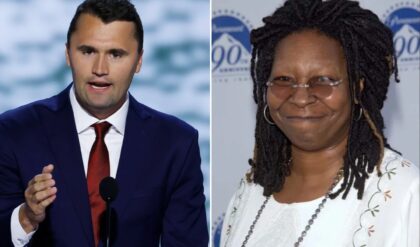In the history of music and marketing, few collaborations have left a mark as indelible as the partnership between Michael Jackson and Pepsi. At the height of his career, Jackson was already a global superstar, known for his revolutionary music, unmatched dance skills, and iconic fashion. Yet, his collaboration with Pepsi in the early 1980s redefined not just his career but the entire landscape of music marketing. This union was a pioneering moment in the convergence of music and corporate sponsorship, forging a template for how brands and artists could create value far beyond mere product endorsements.
.webp)
In this article, we will explore the background of this partnership, its impact on Michael Jackson’s brand, the financial success that followed, the cultural and commercial influence of the campaigns, and the lasting legacy this collaboration left on the music and business worlds.
The Birth of a Revolutionary Partnership
The early 1980s marked a critical period in Michael Jackson’s career. Fresh off the release of “Thriller” in 1982—still the best-selling album of all time—Jackson had ascended to the pinnacle of global stardom. His name was synonymous with innovation, and his appeal was universal, transcending race, age, and geography. Pepsi, on the other hand, was in fierce competition with Coca-Cola in what was known as the “Cola Wars.” Both companies were fighting to dominate the global soft drink market, and Pepsi was looking for a way to differentiate itself from its primary rival.

Pepsi’s executives saw in Michael Jackson the perfect ambassador for their brand. Jackson, with his unique blend of pop, soul, and rock, embodied the youthful energy Pepsi wanted to channel. More importantly, Jackson’s global appeal meant that Pepsi could reach diverse audiences across different continents in ways that Coca-Cola couldn’t match at the time. In 1983, Pepsi made a bold move by offering Michael Jackson a $5 million deal, which was the largest endorsement deal ever offered to a celebrity at that time. This marked the beginning of a revolutionary partnership that would forever change the way artists and corporations collaborated.

Expansion of Michael Jackson’s Global Brand
While the partnership was initially viewed as a marketing coup for Pepsi, it was equally significant for Michael Jackson. At this point, Jackson’s brand was already substantial, but the partnership with Pepsi expanded his reach exponentially. The deal was not just about promoting a soft drink; it was a strategic business venture that leveraged Pepsi’s extensive global marketing infrastructure to enhance Jackson’s brand on a worldwide scale.
Through this collaboration, Jackson’s image became even more ubiquitous. Pepsi’s global advertising campaigns featured Jackson’s likeness and music, exposing him to new audiences and reinforcing his international appeal. One of the most iconic moments of this collaboration was the “Pepsi Generation” commercial, which featured a reworked version of Jackson’s hit song “Billie Jean.” The ad not only promoted Pepsi but also showcased Jackson’s electrifying dance moves, his signature sequined glove, and fedora—a visual that would become legendary in pop culture.
What made this partnership stand out was how it blurred the lines between commercial and artistic endeavors. The Pepsi commercials featuring Jackson were not mere advertisements—they were mini music videos that introduced millions of people to his artistry. Pepsi, in turn, aligned its brand with Jackson’s innovative and cutting-edge image, which helped position Pepsi as a youthful and modern alternative to Coca-Cola.
The Financial Success and Joint Ventures
Beyond the cultural impact, the Michael Jackson-Pepsi partnership was a financial triumph for both parties. The $5 million endorsement deal was only the beginning. Pepsi’s campaigns featuring Jackson generated millions in revenue, and the company saw a significant boost in its brand image, particularly among younger audiences. But more importantly, the partnership evolved into a series of joint ventures that went beyond traditional sponsorships.
For Jackson, these joint ventures were revenue-generating opportunities that diversified his business portfolio. Pepsi’s promotional campaigns coincided with Jackson’s music releases and tours, ensuring that both the artist and the company benefited financially from their association. For example, during Jackson’s Victory Tour with The Jacksons in 1984, Pepsi was the main sponsor. This tour became one of the highest-grossing tours of that time, and the Pepsi sponsorship played a significant role in its financial success.
The partnership also extended to Jackson’s Bad World Tour in 1987, which was sponsored by Pepsi as well. This tour broke attendance records and grossed over $125 million. Pepsi’s involvement provided Jackson with additional financial backing and marketing support, helping him reach an even wider audience. The mutual success of these ventures demonstrated the power of strategic partnerships between corporations and artists, where both parties could benefit financially while elevating their brands.
Cultural and Commercial Impact
The “Pepsi Generation” campaigns featuring Michael Jackson were more than just advertisements—they were cultural milestones. These commercials not only promoted Pepsi but also introduced iconic music videos and performances that became a part of pop culture history. Jackson’s influence was so powerful that his involvement with Pepsi helped redefine the relationship between artists and corporate brands.
For Pepsi, the campaigns allowed the company to position itself as a brand that was not just selling a product but also selling a lifestyle. By associating with Jackson, Pepsi tapped into the cultural zeitgeist of the 1980s, where music, fashion, and entertainment were becoming increasingly intertwined. The campaigns resonated with the youth, making Pepsi the drink of choice for the “Pepsi Generation”—a generation that grew up idolizing Jackson and his music.
